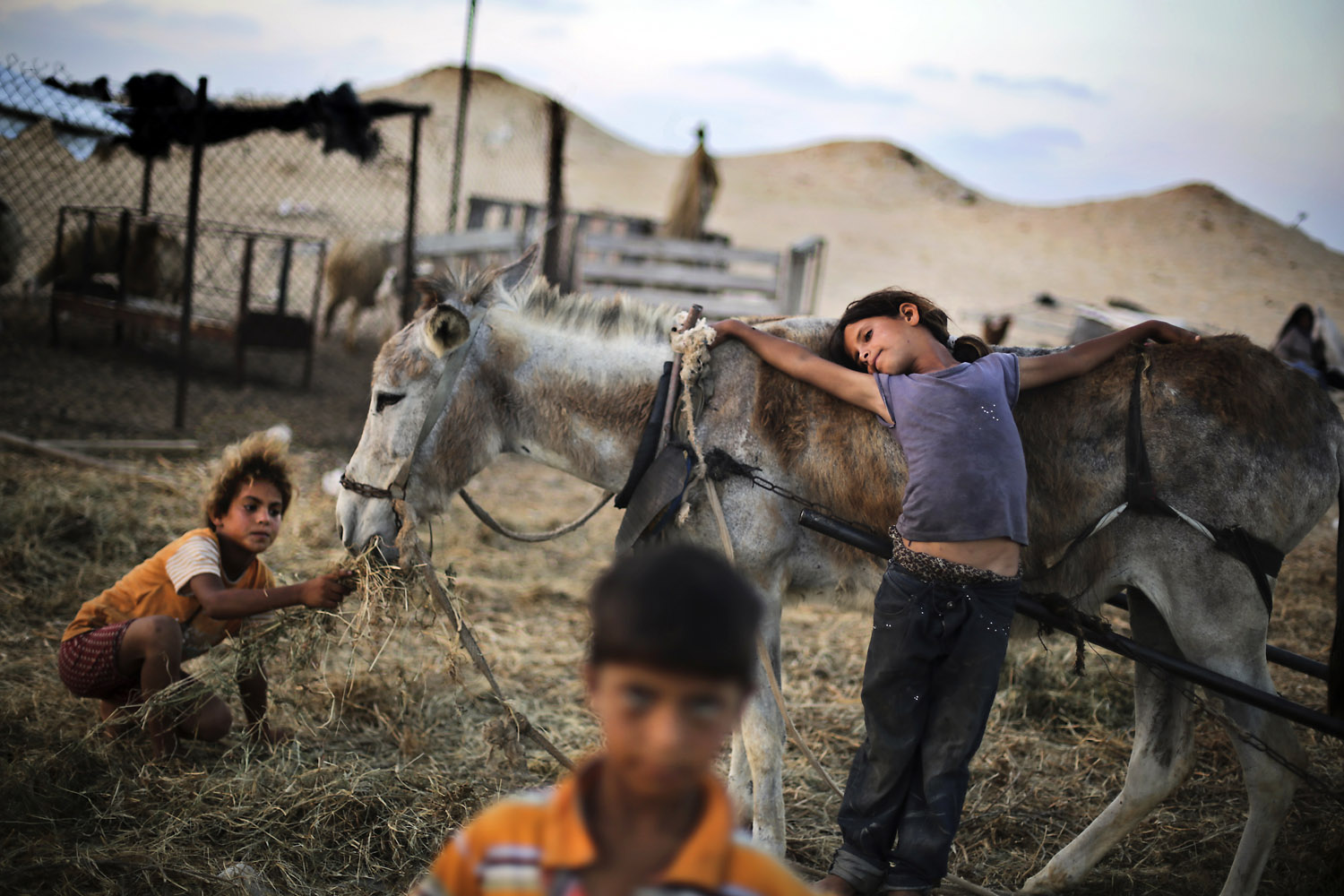
Each month, LightBox profiles a notable wire photographer in recognition of the brave and tireless work of these often unsung photojournalists. In August, we acknowledge the work of Ali Ali, who shoots for EPA (European Pressphoto Agency). Below, LightBox presents a short essay by Ali about his past and current work, and his photographic ambitions.
My name is Ali Noureldine, but everyone knows me as Ali Ali. I was born in Gaza City, and grew up there and in Egypt.
My brother, Fayz Nourdeldin, was an Agence France-Presse photographer and it was through him that my passion for photography began. I was at a refugee school until I graduated from high school. I went on to earn my diploma in Journalism at the Azhar University in the Gaza Strip.
Before I enrolled in university, I began working at 17 as a freelance photographer for EPA in the Gaza bureau, joining the agency two years later.
At 17, I photographed the Israeli invasion of the northern Gaza Strip — blood, children’s screams, men and women crying. I had never before experienced this.
During the Israeli war in the Gaza Strip in 2008, I was concerned about my family because my home is in the northern regions and I had to balance between work and family. I realized that I should concentrate on what was going on in Gaza. I didn’t enter my house for 18 days.
Then came the Israeli withdrawal from Gaza; it was the biggest event I had experienced since my start in photojournalism. European Pressphoto Agency charged me with the responsibility of covering the withdrawal from the northern areas, and it was a great effort. After the withdrawal, I gained experience and continued to get closer, more intimate with my storytelling while walking the alleyways of camps and the affected areas.
After the Israeli war I focused on the people — the loss of entire families and how they suffered. I was trying to visit people daily, seeing how they were living before even bringing my camera into their lives, hoping that they would accept me. From then on, most of my work has been documenting news, covering the political situation in the region between the Israelis and Palestinians. But what most caught my attention was how the lives of individuals and families were continually affected by the conflict. I wanted, through my images, to show the world the human side of my people, by documenting their suffering.
In 2009, I participated in a year-long World Press Photo workshop. It was an important experience for me and I put to good use what I learned there as I covered the blockade, the opening of the Egyptian border and other events.
The eight-day Israeli war in 2012 was different for me because my family home was shelled while I was working. My father and my sister were injured, and words simply can’t express the feeling I had when I learned my family was in danger. Now my family and I were part of the very news that my colleagues and I were covering. But those events definitely helped me to grow and mature; they helped me become the person I am now.
As a photojournalist, I admit the necessity of covering these major, and often terrible, stories. But I also adore working on feature stories. I love to see and to document the look of innocence in children’s faces, and the quiet lives of ordinary people. When I capture these sorts of things in an image, I feel great. I feel happy.
Finally, I am honored to say that I have been chosen to participate in the 2013 World Press Master Class.
This feature is part of TIME’s ongoing spotlight on wire photographers. See our previous profile on Associated Press photographer Muhammed Muheisen.

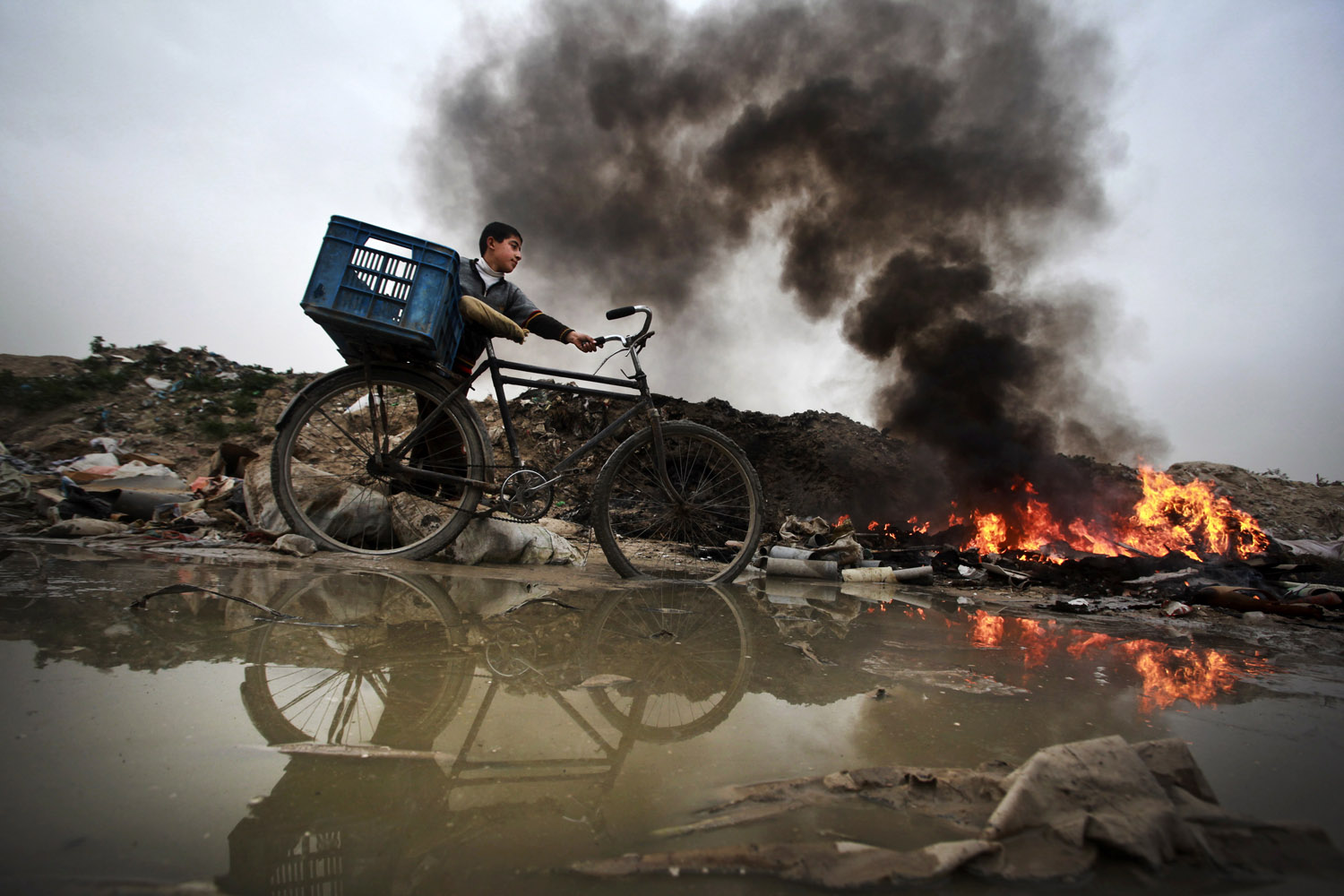



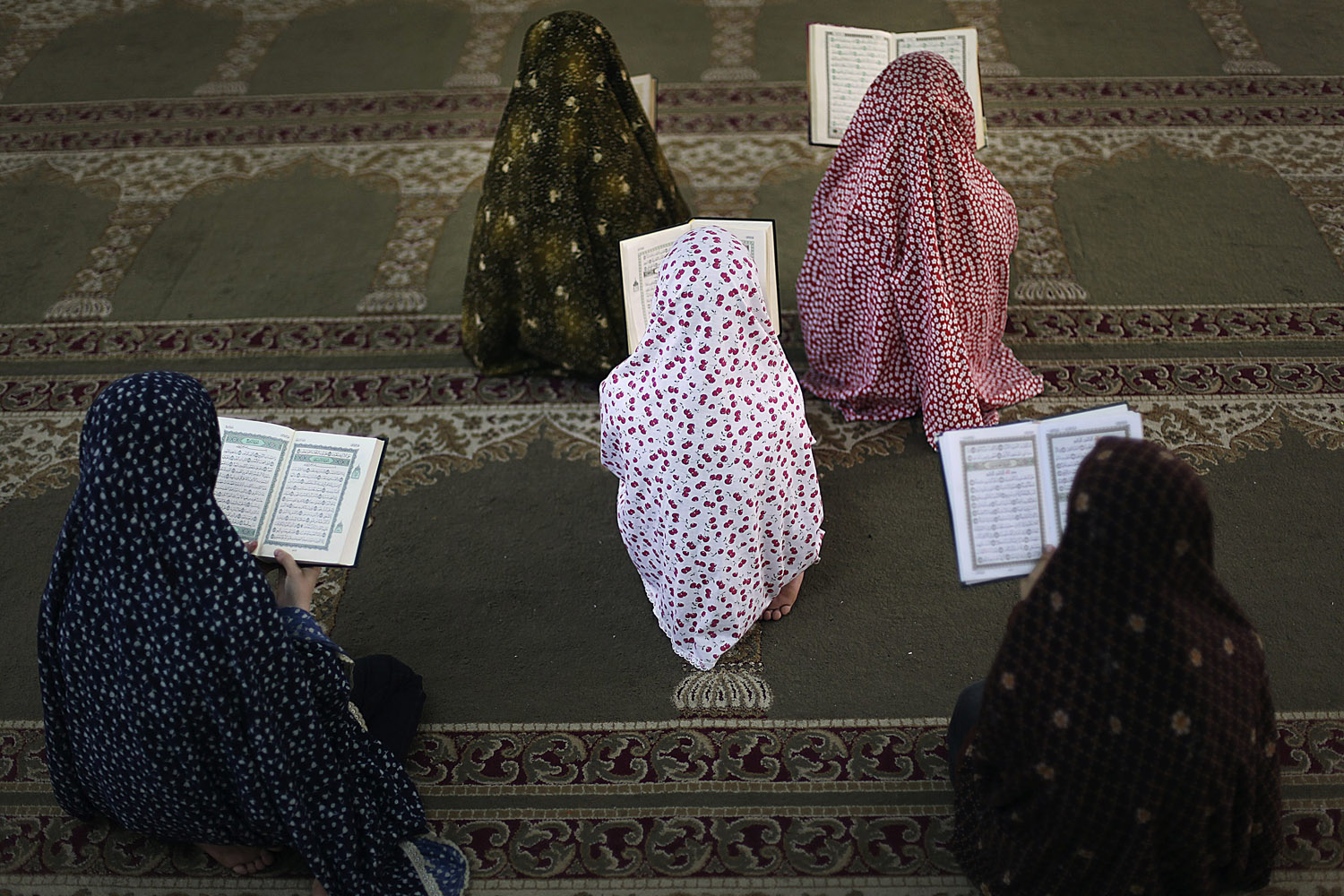
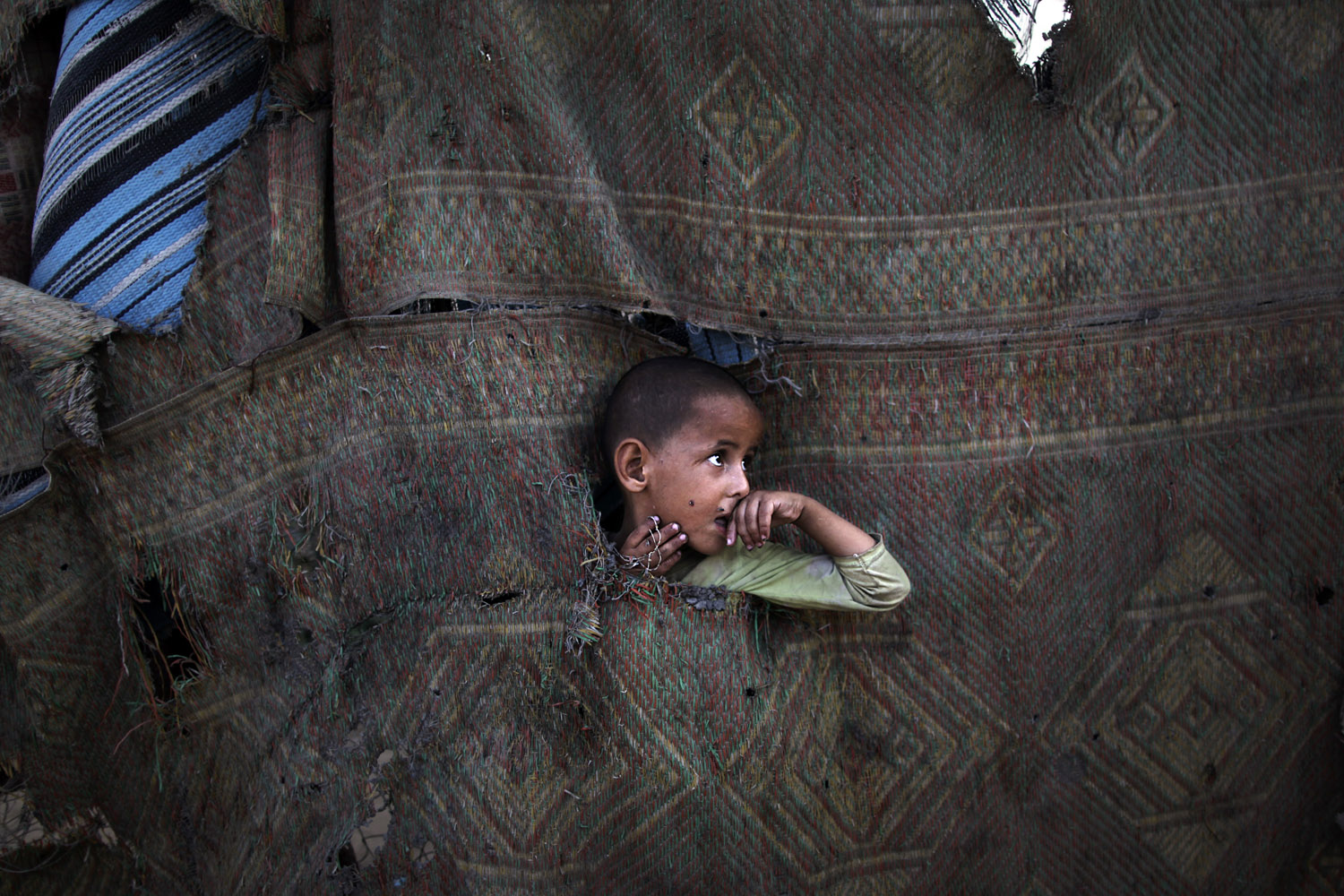

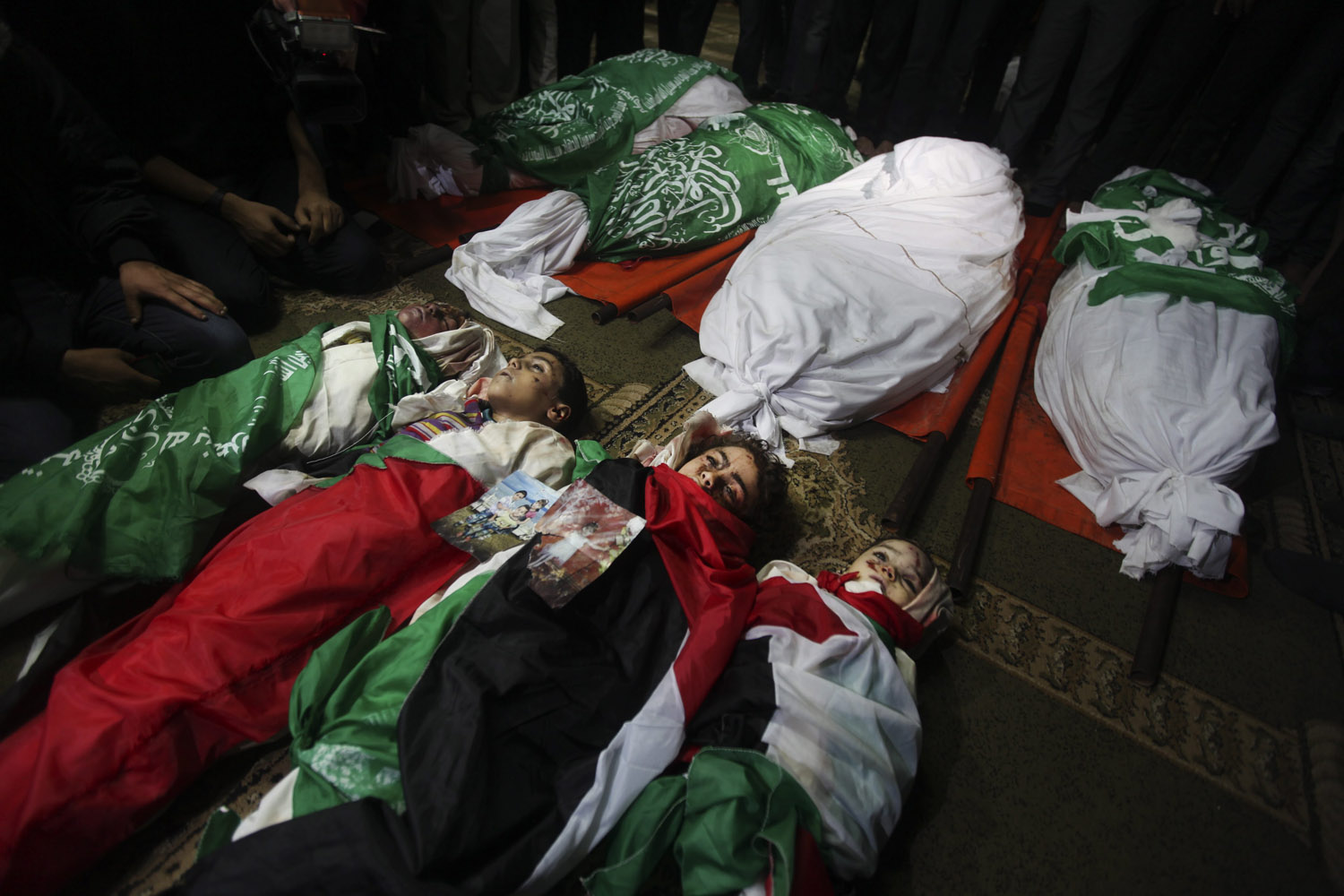






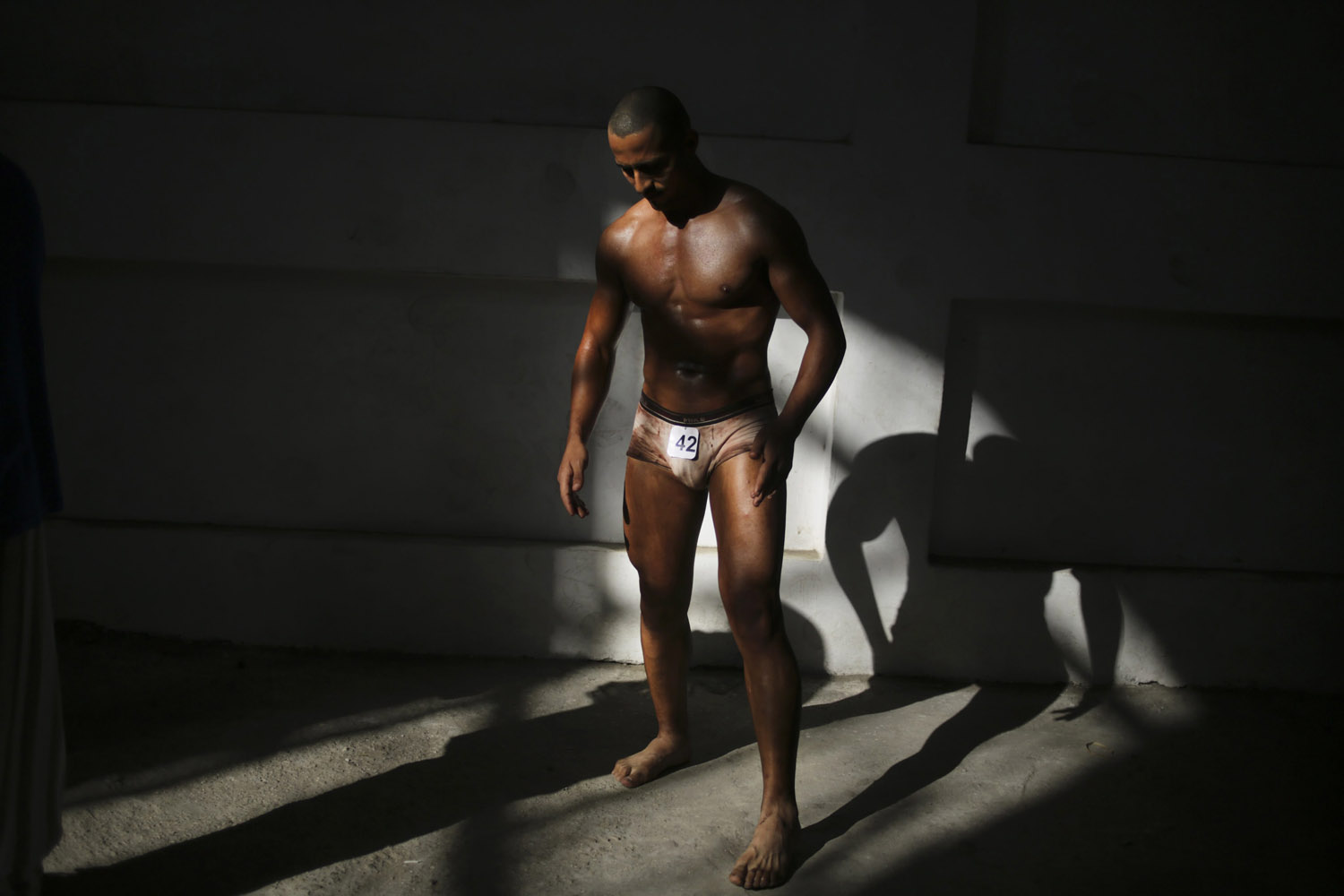

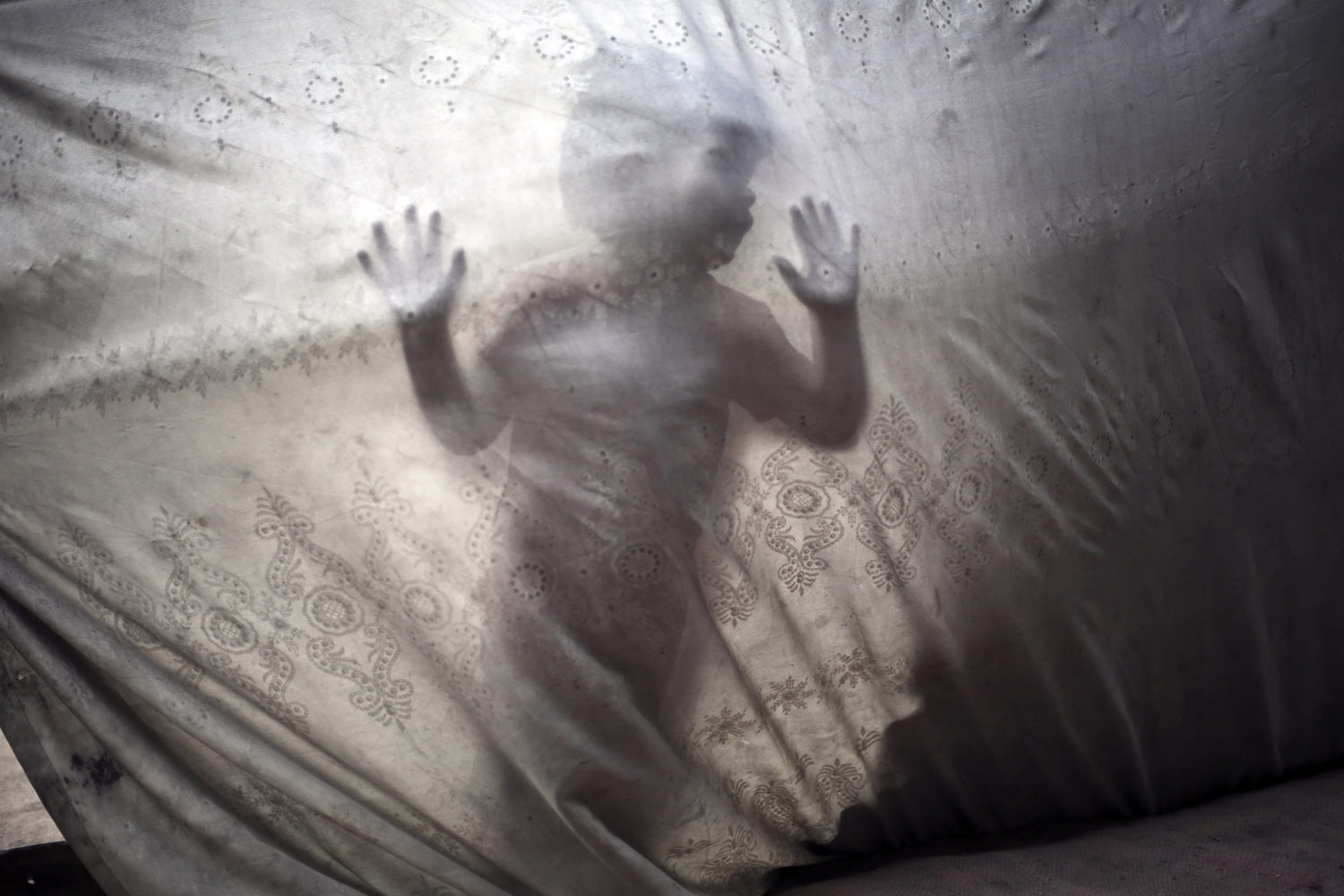
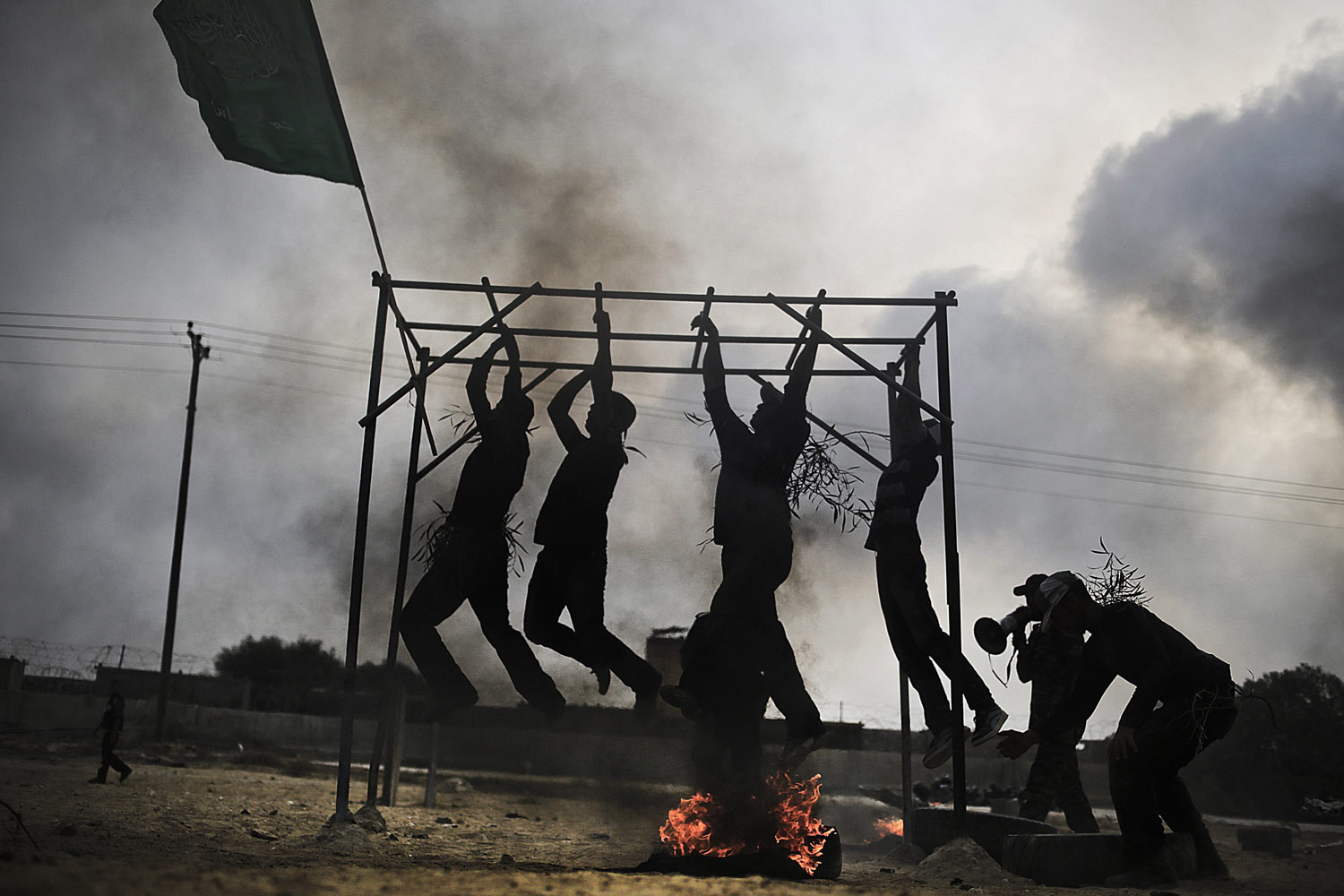
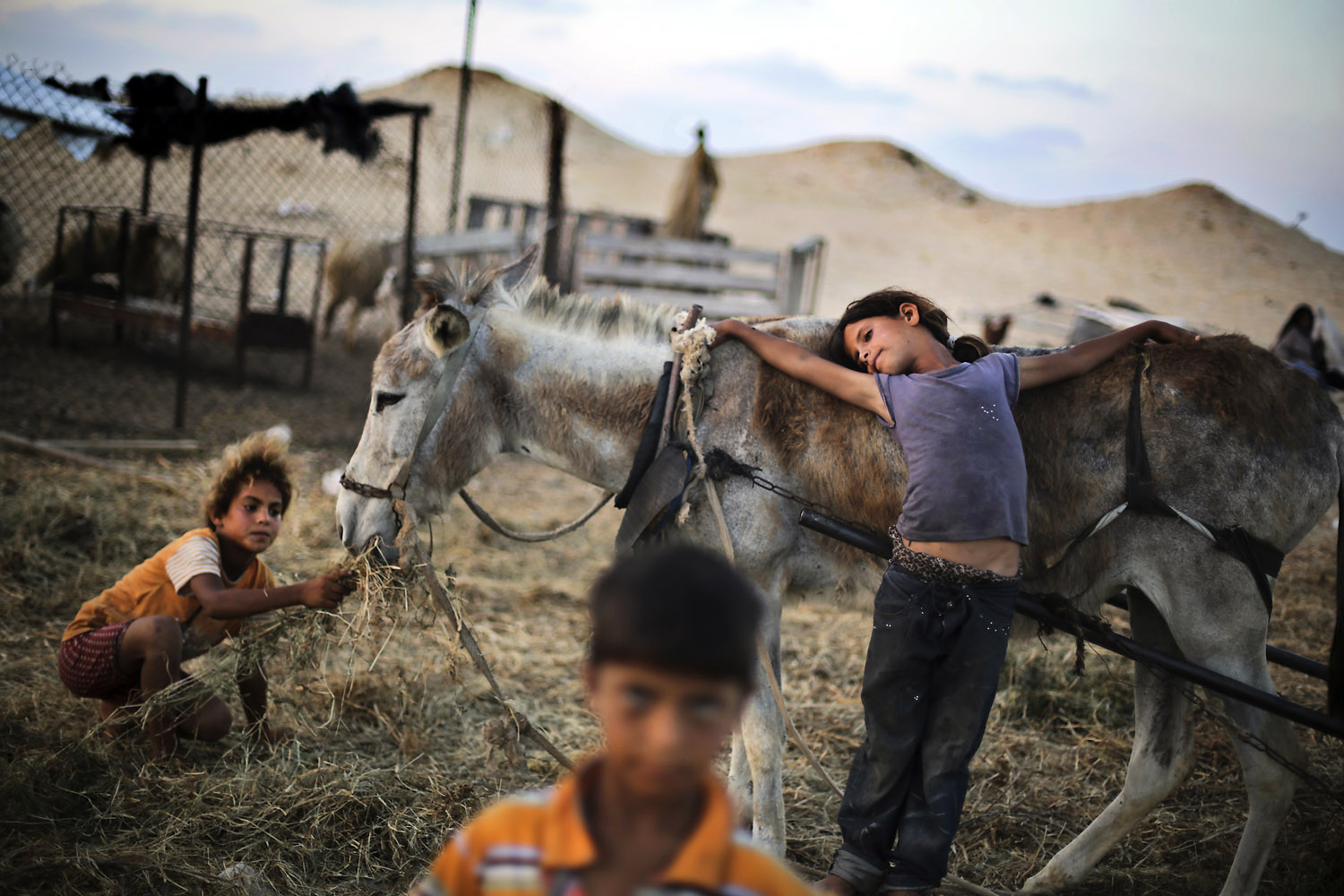

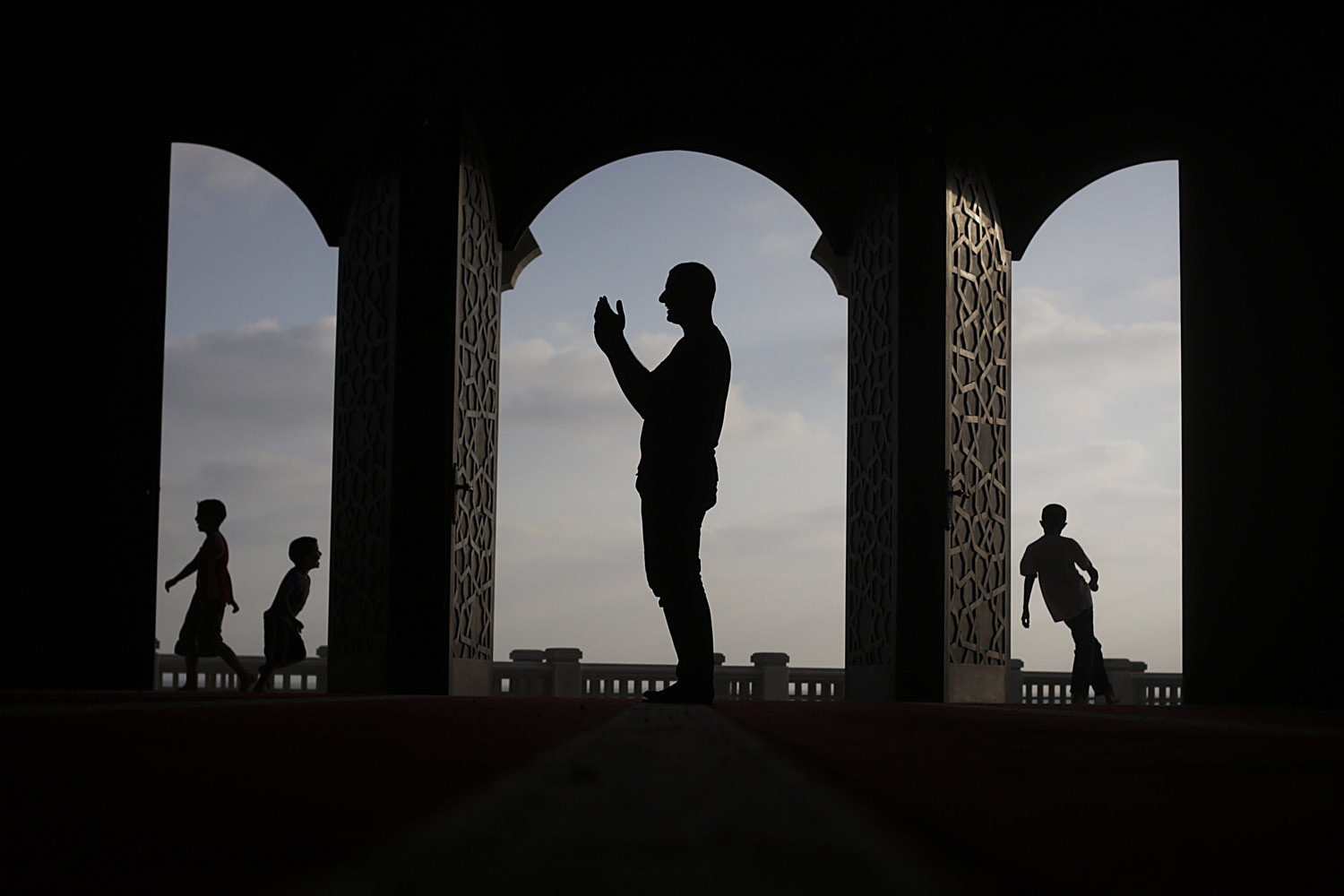
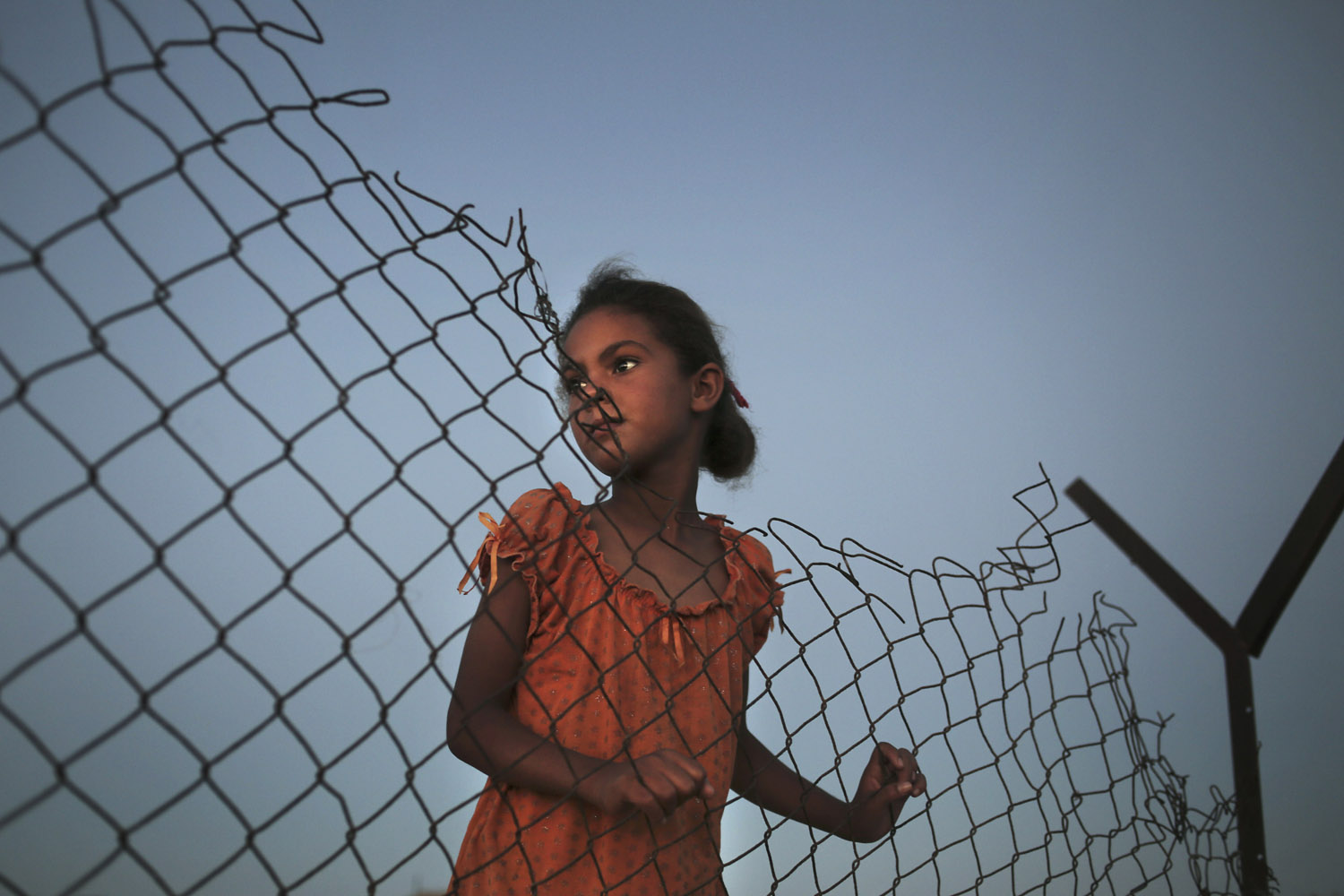
More Must-Reads From TIME
- The 100 Most Influential People of 2024
- Coco Gauff Is Playing for Herself Now
- Scenes From Pro-Palestinian Encampments Across U.S. Universities
- 6 Compliments That Land Every Time
- If You're Dating Right Now , You're Brave: Column
- The AI That Could Heal a Divided Internet
- Fallout Is a Brilliant Model for the Future of Video Game Adaptations
- Want Weekly Recs on What to Watch, Read, and More? Sign Up for Worth Your Time
Contact us at letters@time.com